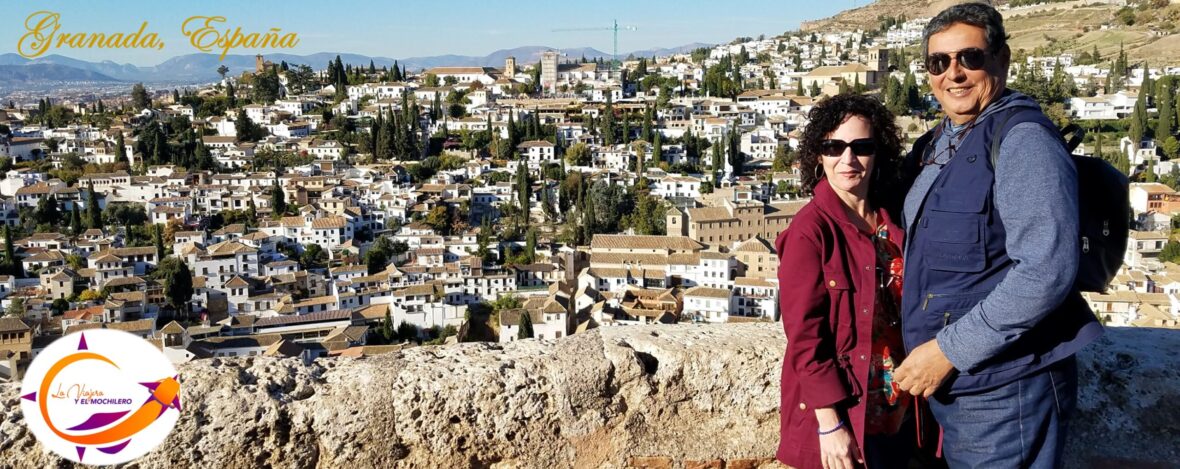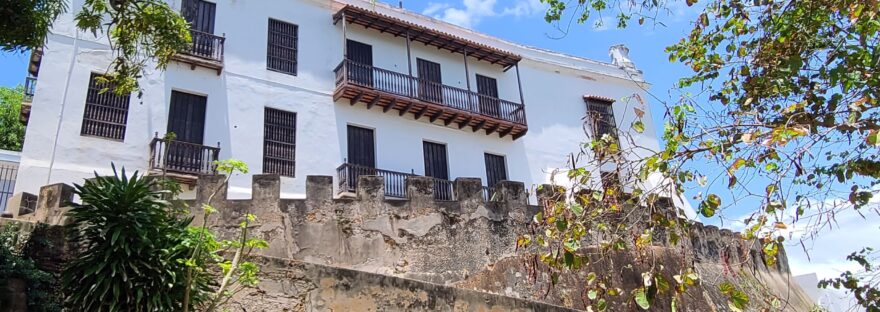We longed desired to visit a building that is observed looming over a great wall, grew with each visit to Old San Juan. It is “la Casa Blanca” or the White House. It is the structure in Puerto Rico and in all of the Americas that has been open and operational for the longest period of time with over 500 years since constructed. The White House / Casa Blanca is located at the start of the San Sebastian Street and the corner of the Casa Blanca Street in Old San Juan, being the first fortification on the islet of Puerto Rico, today known as San Juan.

The first structure built on the San Juan Bautista Island (today called Puerto Rico) after the conquest of Spain, was in the area known as Caparra; occupied from 1508 to 1521. It was in the year 1521 that the King granted this lot of land to Juan Ponce de León in the new city, in compensation for the house / fort that he had built in Caparra. That year Ponce de León died on his mission to discover Florida, without ever occupying the site, nor obviously the structure that was later built. After his death, his titles and assets were inherited by his son, Luis Ponce de León. Being a minor and later joining the Dominican order, his titles were transferred to his brother-in-law, Garci Troche. It was Garci Troche, who built the White House or House of Juan Ponce de León. A previous building made of wood was destroyed in a fire. It was in 1524 that Troche built the foundation of the structure we know today. This structure was considered the first defense that the city of Puerto Rico (today San Juan) had during the first years of its foundation. The White House served as the residence for the descendants of Juan Ponce de León until 1772.
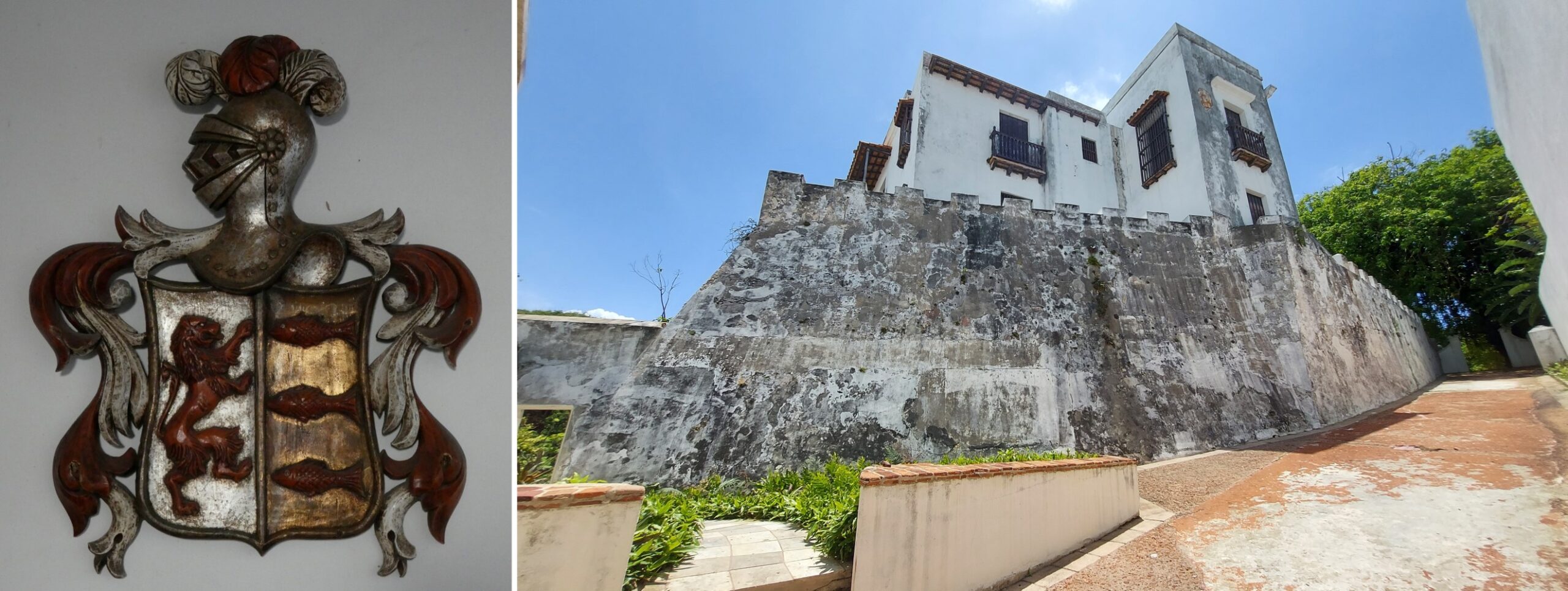
According to information that has been collected through the study of the architecture of this White House, the space that began as 24 feet by 24 feet, gradually grew in size as different structures were attached and the second floor was built. It is in the year 1861, where the structure is completed, becoming what we see today.
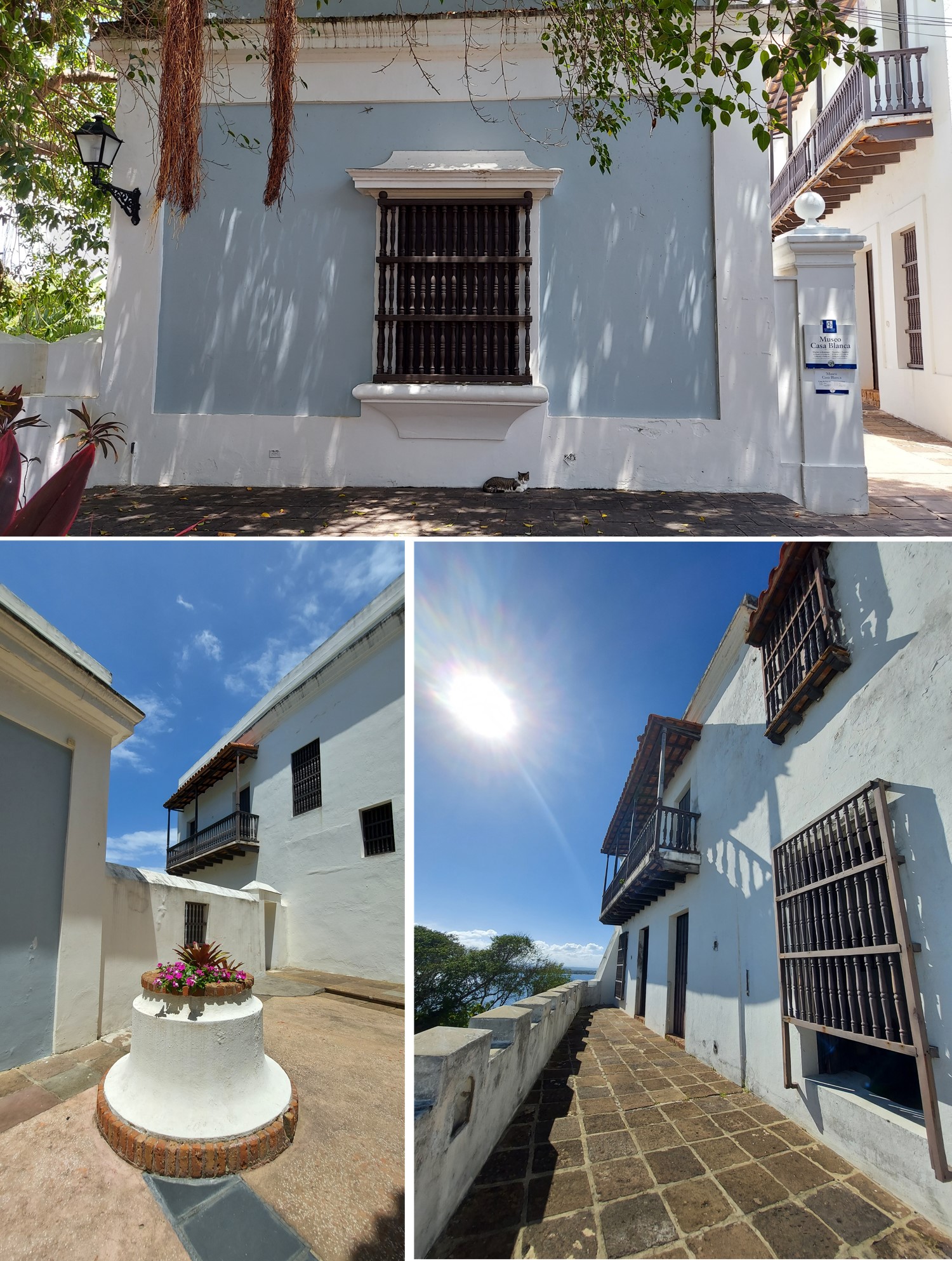
In the construction of this White House, materials such as: masonry (sand, lime and clay) were used, later on bricks were added. To give us an idea of the original materials used in its construction, certain areas have been left uncovered.
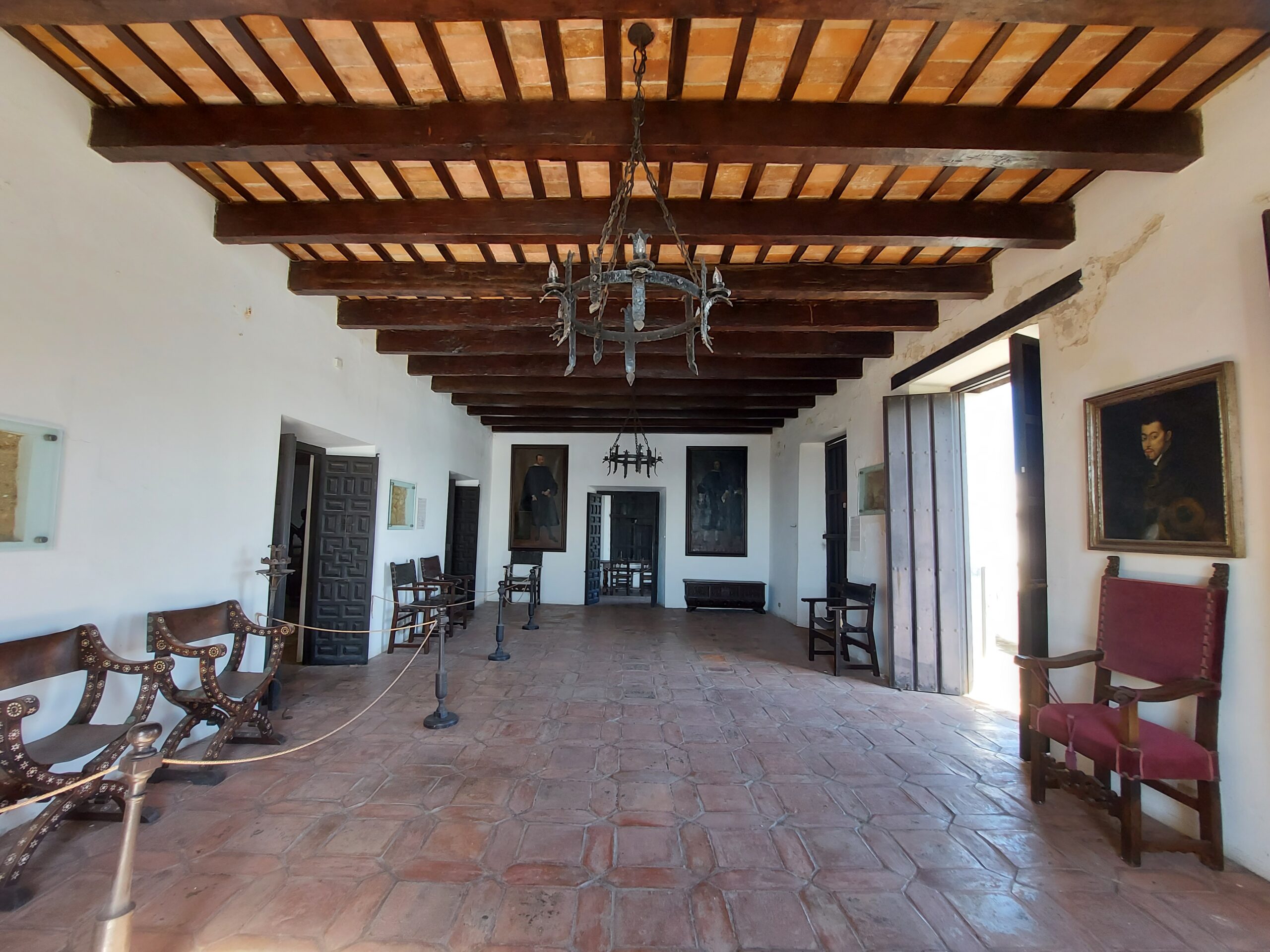
During our visit we were able to take a look at the different spaces of the structure. Through the old wooden doors and windows, the room is filled with natural light and good ventilation.
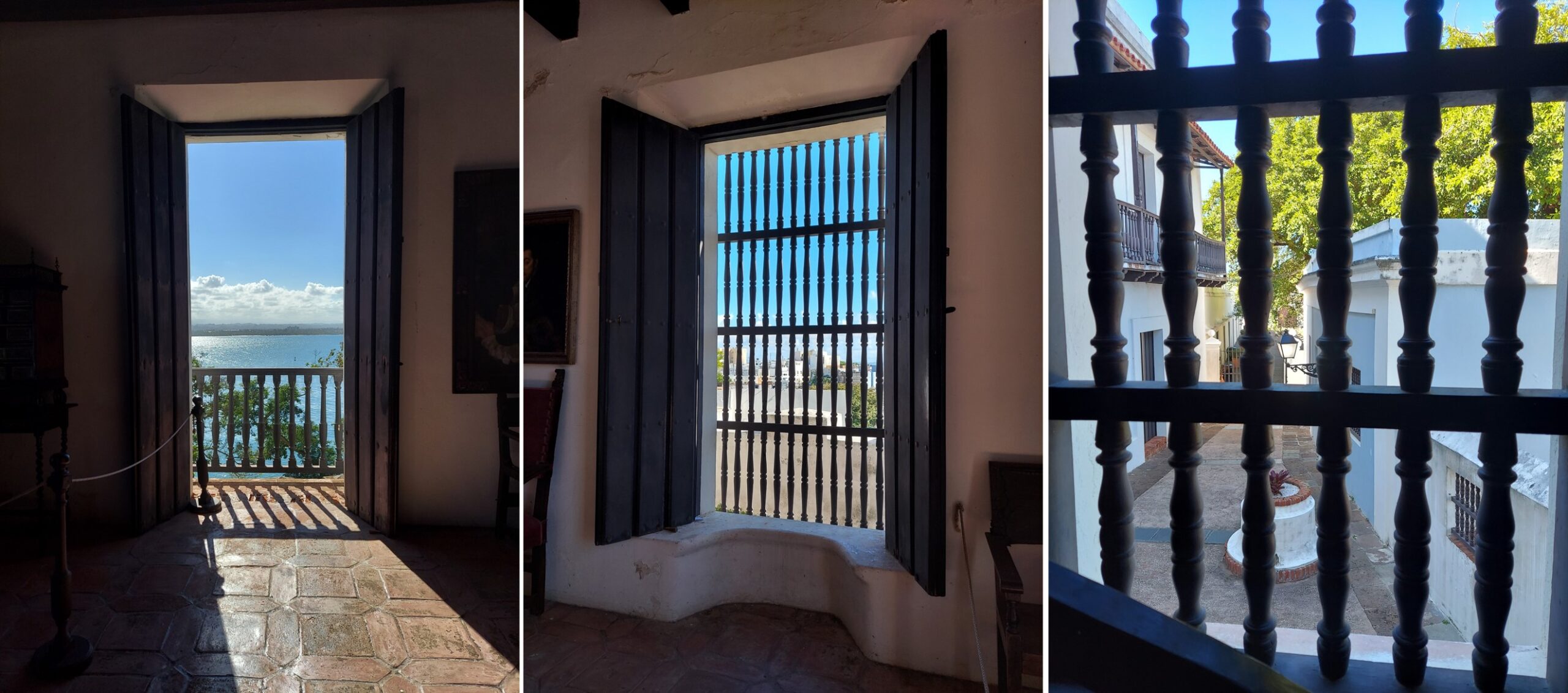
Approaching the kitchen is like traveling back in time. In it we can see various utensils, vases, vessels, as well as the china / tableware observed through the glass of wooden cabinet of the time. The old fireplace is very well preserved, as are the slabs.
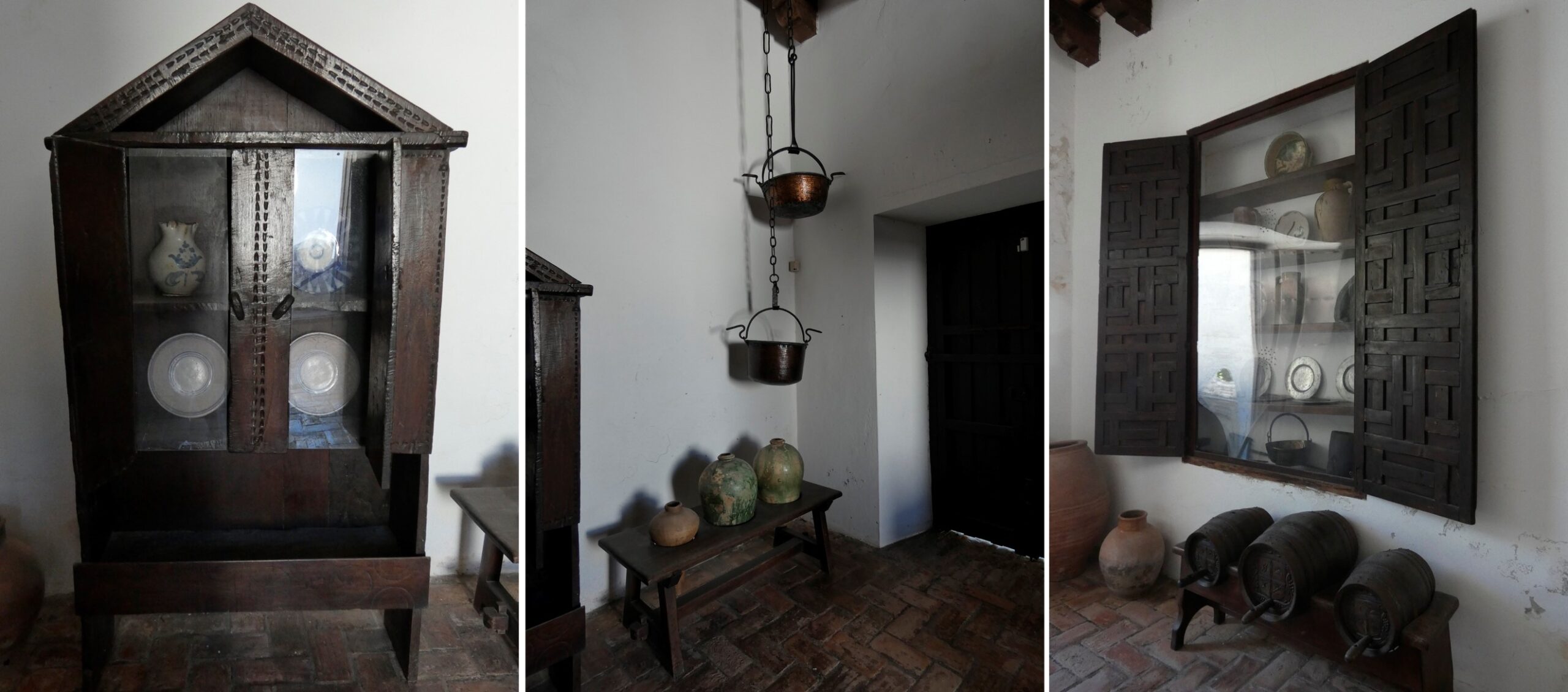
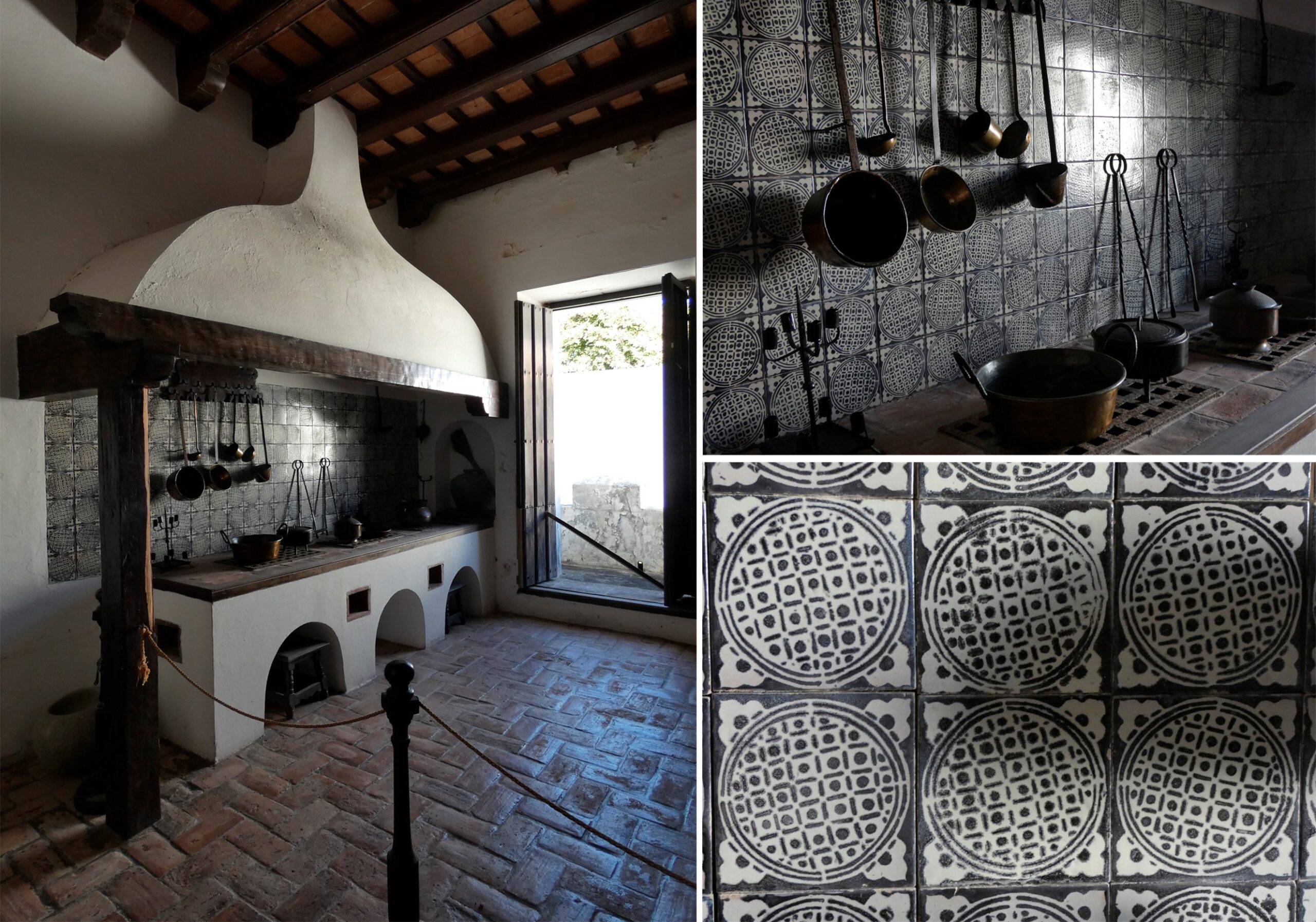
In the rooms we can find furniture from the 16th and 17th centuries. The old bed with its pillars, its table on one side and a chair on the other; a wooden desk of the “secrétaire” type.
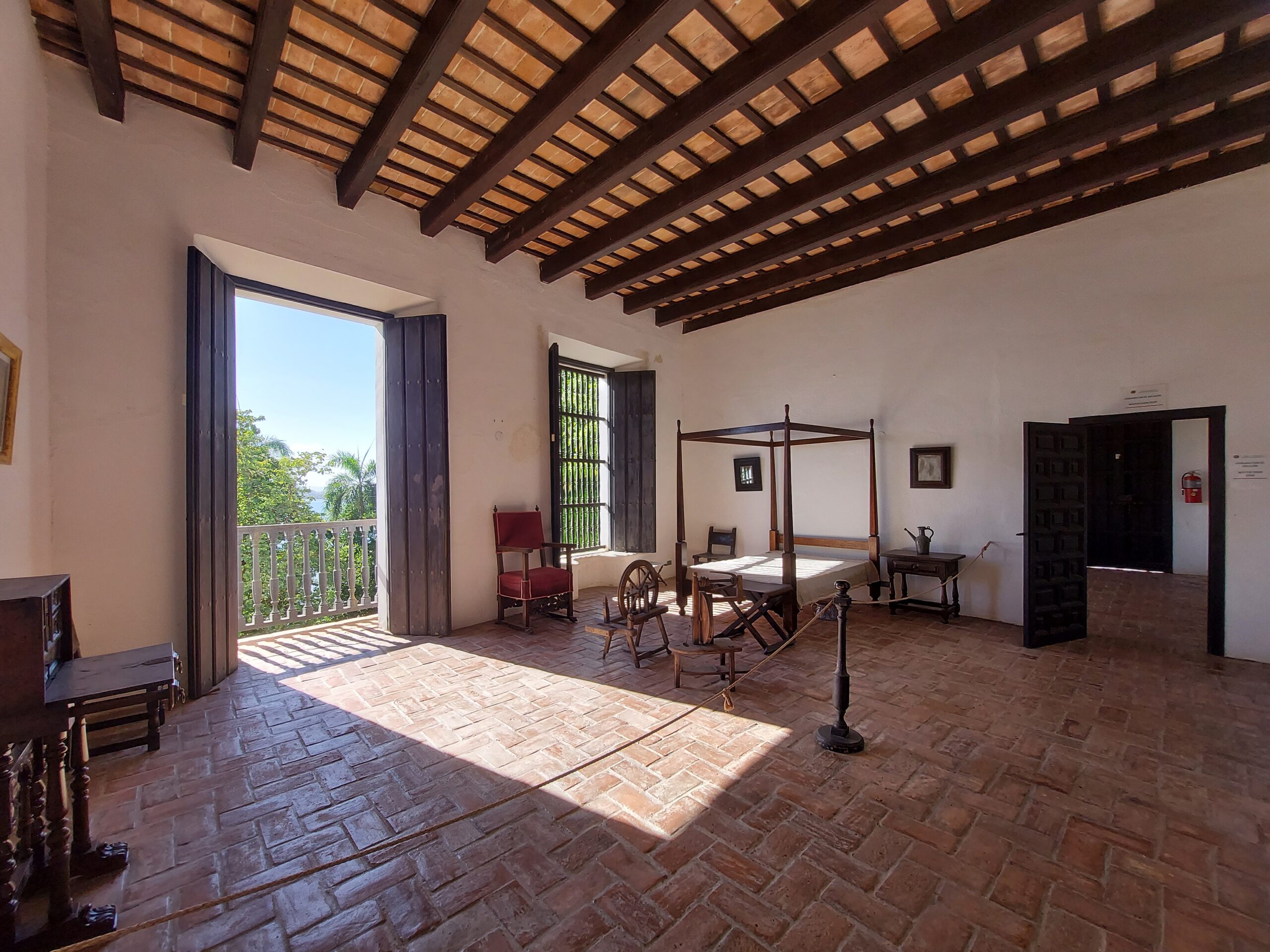
The structure has its own chapel, customary of the period.
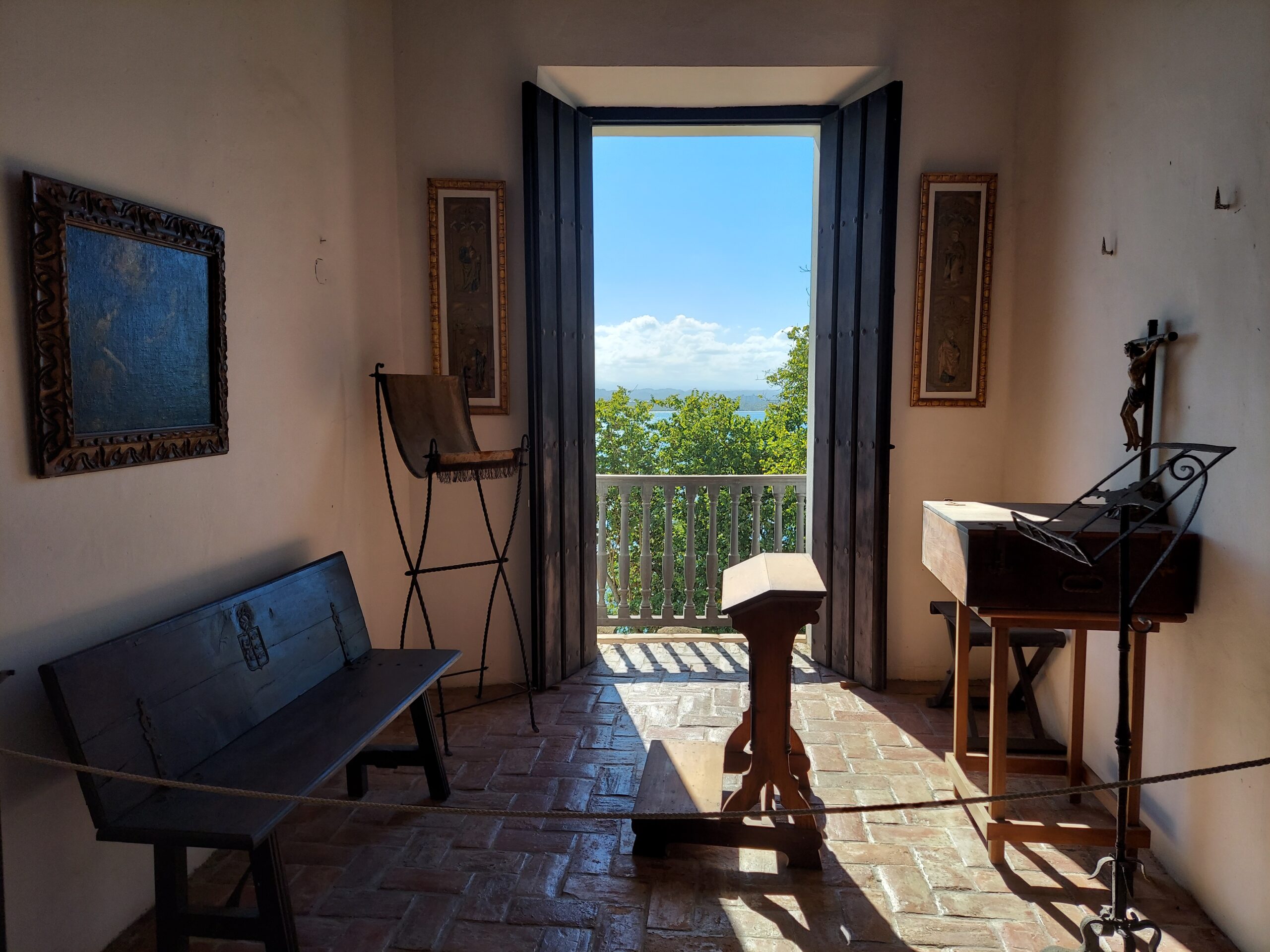
In addition, this White House had a dungeon. Viewable on the floor is the wooden door through which one entered the dungeon located in the lower level.
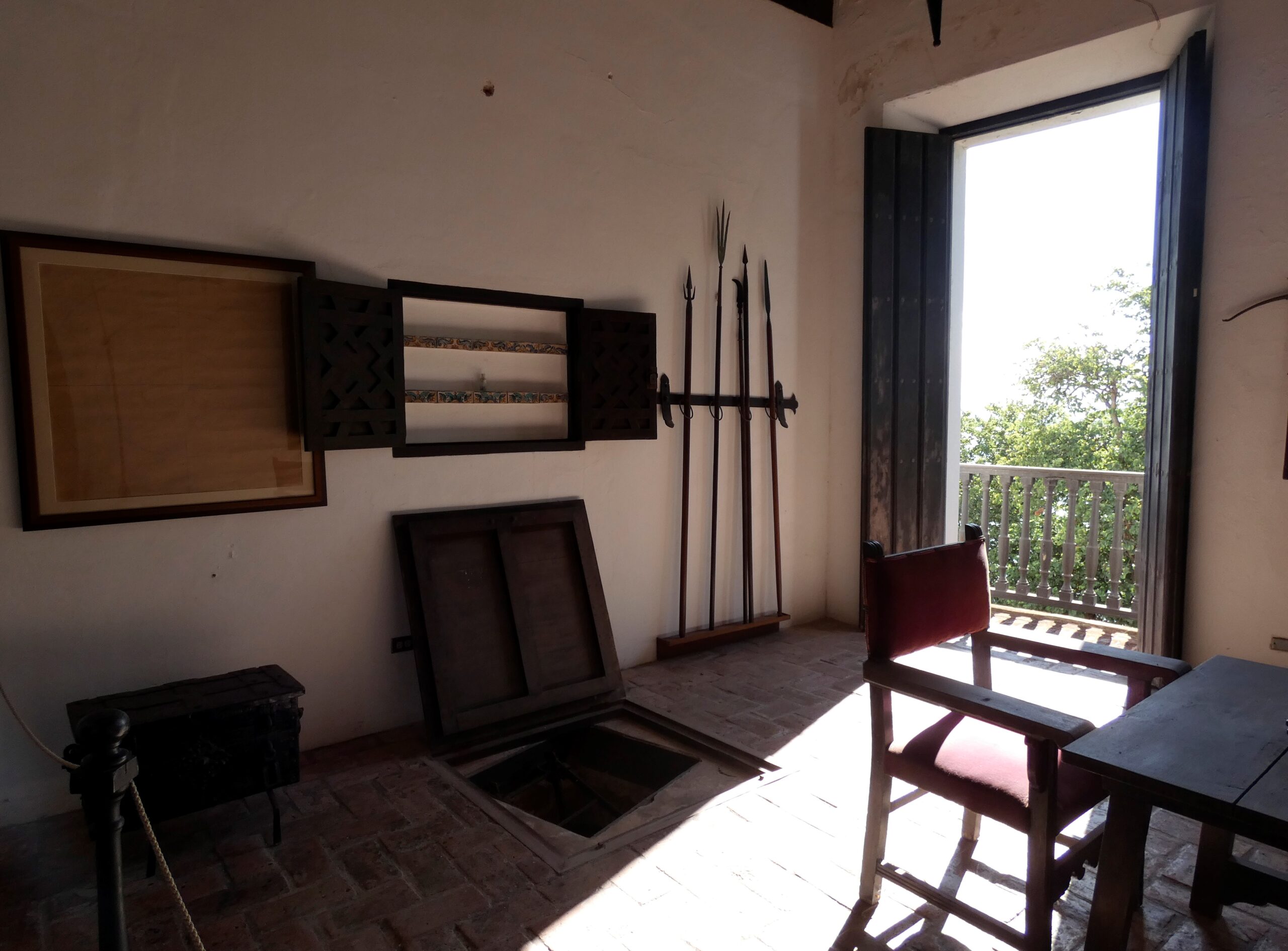

Around the year 1779, the Spanish Army acquired the residence of the Ponce de León family to use it as quarters for engineers. It was these Spanish engineers that lived in the White House took part of the project to build the walls of Old San Juan.

Later, with the invasion of the United States, all the properties of the Spanish Army became the property of the United States Army, including the White House. From 1900 to 1965/1966 it became the residence of the commander of the United States Army in the Caribbean.
The gardens found on the grounds were planted by order of General Brooks, the first American military governor of the island in the 20th century.

We never imagined that behind the great wall that we observed from below, there were beautiful gardens. We find ponds, fountains, sculptures and a good diversity of plants, palms and shrubs that add a very special charm to the space.

It is precisely this fountain and pond, located in a very cozy space on the grounds, which reminded us of those found in the “Generalife” of Granada in Spain.
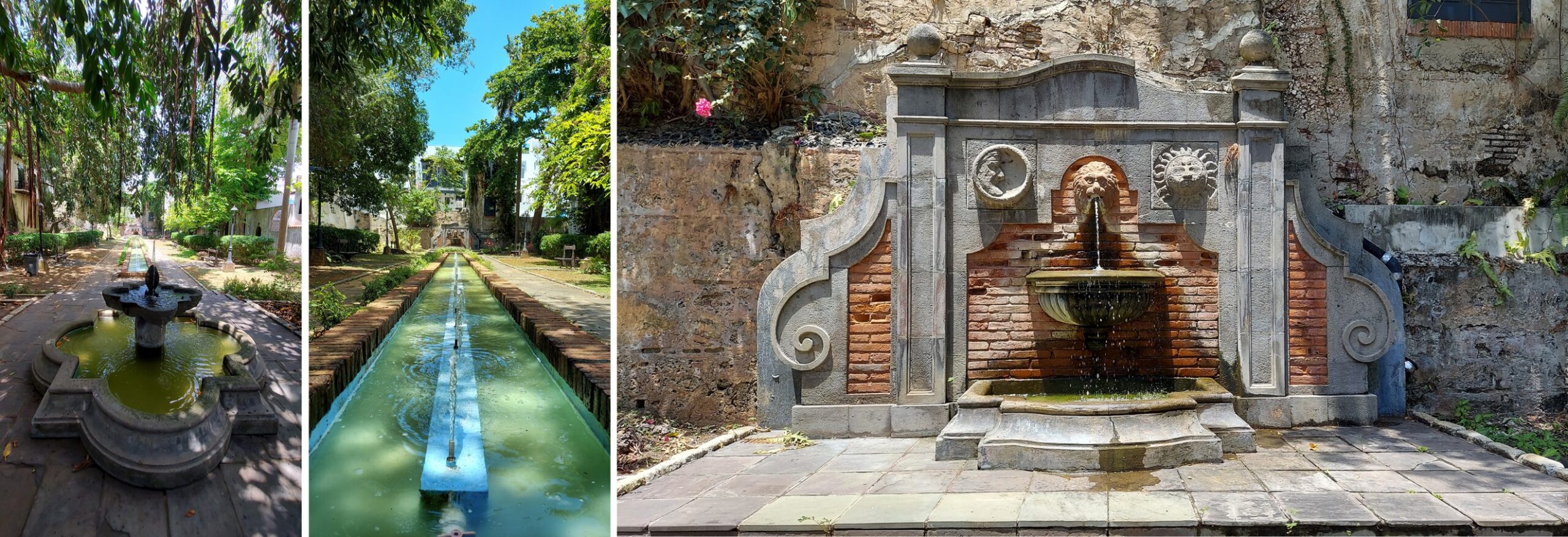
In 1965-1966, the Government of Puerto Rico began to receive a series of properties and the White House, declared a Historical Monument was transferred to the Institute of Puerto Rican Culture. Don Ricardo Alegría was in charge of directing the restoration of the structure, so that the general public could have access to it. In 1971 the first room open to the public was inaugurated and in 1974 the Casa Blanca Museum followed suit.
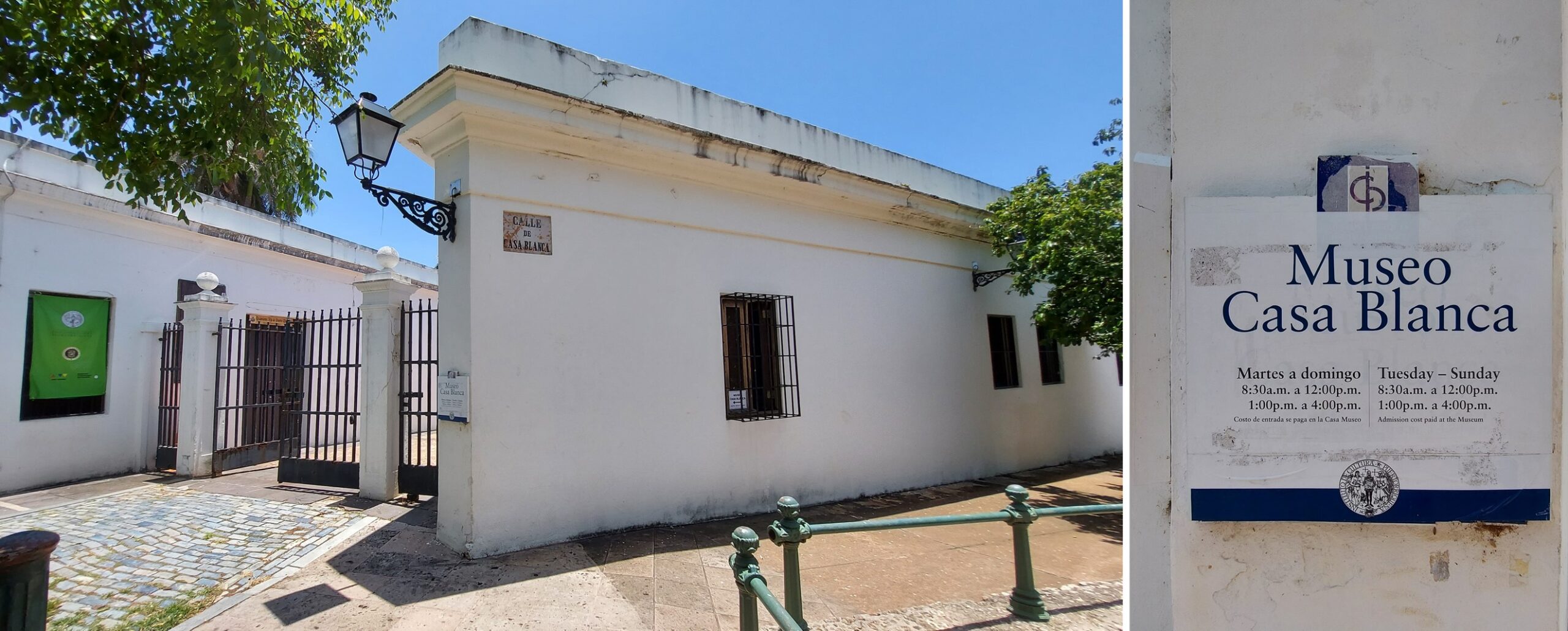

Puerto Rico is the home to the oldest White House in the Americas.
Resources:
https://eladoquintimes.com/2017/03/08/descubriendo-a-casa-blanca/
https://en-m-wikipedia-org.translate.goog/wiki/Casa_Blanca_(San_Juan)?_x_tr_sl=en&_x_tr_tl=en&_x_tr_hl=en-419&_x_tr_pto=sc
